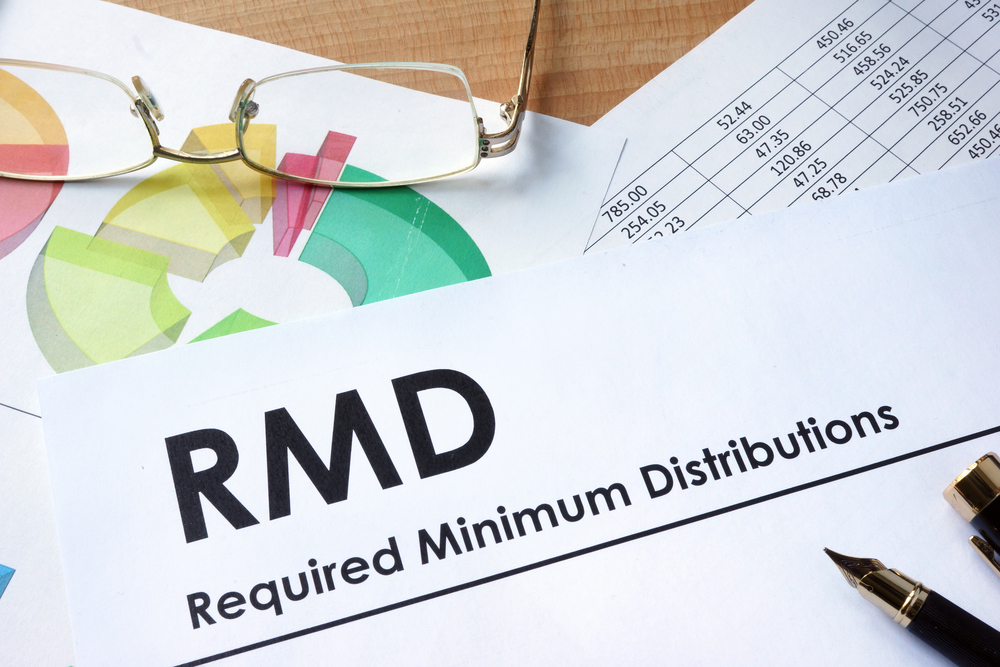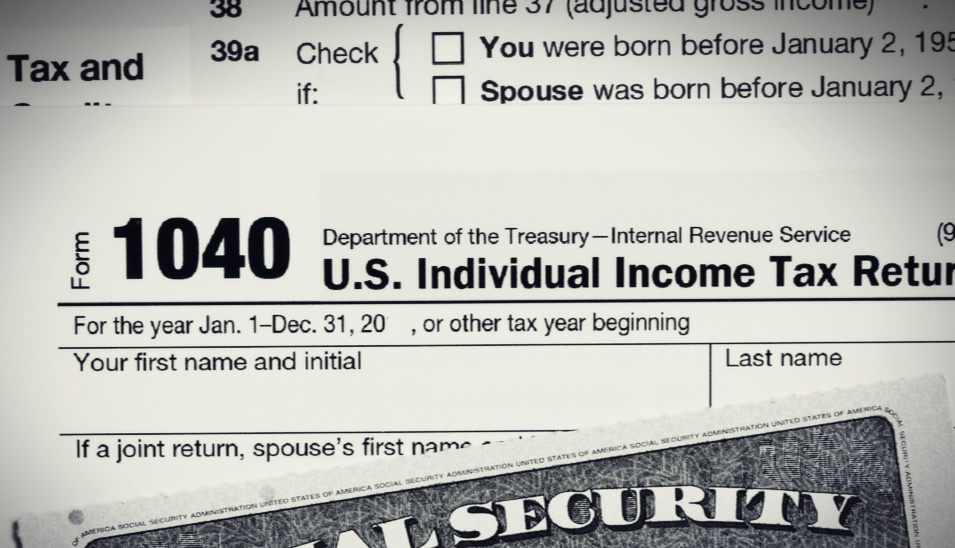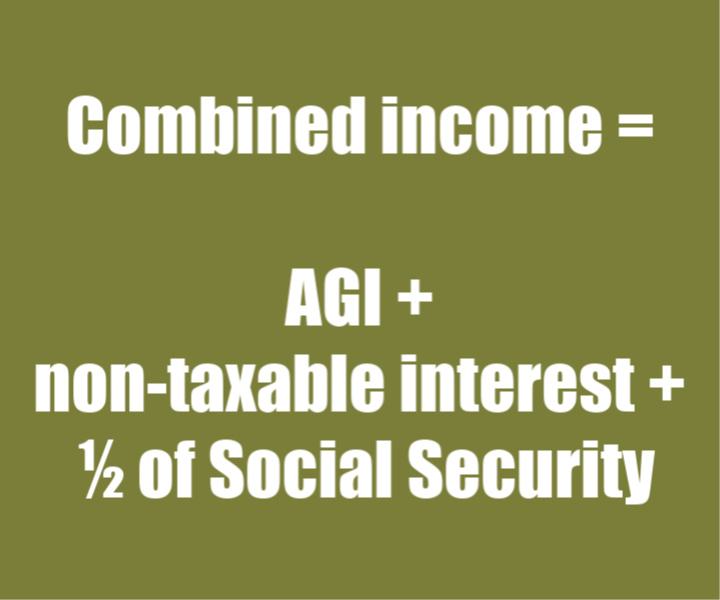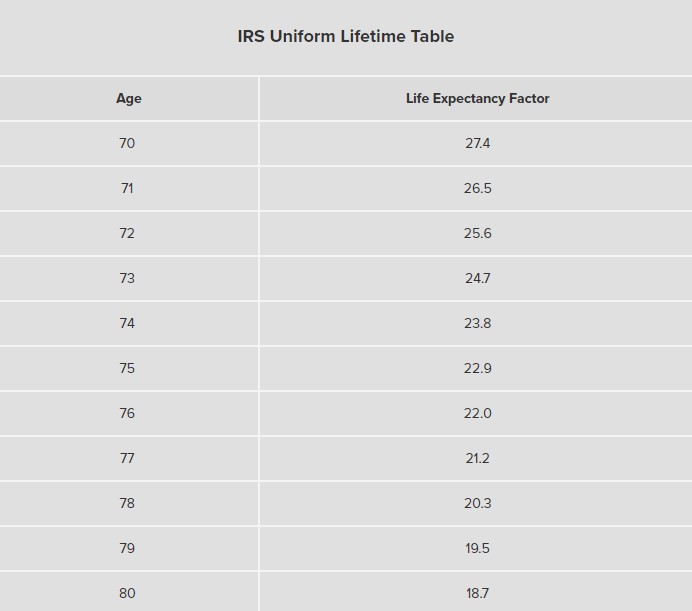
Even though perceptions have changed during the pandemic with more Americans now saying they need less money to feel rich1, when it comes to retirement, most people are still unclear about how much they will need to have saved before they can quit their jobs.
The answer to that question is different for every person.
Here are some of the things you need to think about in order to get a realistic retirement number in mind.
What do you want to do during retirement? Where will you live?
Different people have different retirement goals and visions. You may not realize that you need to answer lifestyle questions before you can answer the “how much do I need” question.
Think about it this way. A single woman downsizing into a tiny home in a rural community to enjoy hiking in nature is going to need to have saved up a lot less money than a couple who wants to buy a big yacht, hire a crew and travel around the world docking at various international ports. A man who wants to spend all his time woodworking in his garage in the Midwest will need a smaller nest egg than a power couple collecting art and living in a penthouse in New York.
Most people are somewhere in the middle of these extremes. Yet answering these questions for yourself is very important both financially and emotionally for everyone entering retirement. You don’t want to end up feeling lost or bored not working—you want to feel that you are moving forward into a phase of life that is rewarding to you. And you certainly don’t want to run out of money because you miscalculated.
Take some time to get specific about your needs and desires. Will you want to spend holidays with family or friends? Start an expensive new hobby like golf? Take a big vacation every year? (The pandemic will end eventually!) Visit your grandchildren who live across the country multiple times? Go out to eat every day?
Based on your goals and objectives for your retirement lifestyle, your financial advisor will help you prepare a realistic monthly budget, adding in calculations for inflation through the years.
Once you’ve developed your monthly budget, it can be compared against your Social Security benefit to give you a good idea of how much additional monthly retirement income you will need to generate from your savings. From there, your advisor can come up with strategies to help you create income from savings, and then give you a realistic figure that you will need to have saved up before you retire.
But in addition to your retirement lifestyle, there are a couple of other things that need to be considered.
How is your health?
Nearly every retiree looks forward to the day they can sign up for Medicare. But Medicare is not free; the standard Part B premium for 2020 is $144.60 per month2 for each person. Your premiums for Medicare are usually deducted right from your Social Security check.
If you elect to purchase additional coverage through Medicare Advantage, Medigap and/or prescription drug plans, your premiums will cost more. And there will still be deductibles to meet and co-pays you will owe.
Some estimates for health care expenses throughout retirement are as high as $295,000 for a couple both turning 65 in 2020!3
Even worse, keep in mind that this figure does not include long-term care expenses—Medicare doesn’t cover those after 100 days.4
Have you planned for taxes?
It’s not how much money you have saved, it’s how much you get to keep net of taxes.
When designing your retirement plan and helping you calculate how much you need to save, your advisor will take into consideration an important piece of the puzzle—taxes. Tax planning is often different than the type of advice you get from your CPA or tax professional when you do your tax returns each year. Tax planning involves looking far into the future at what you may owe later, and finding ways to minimize your tax burden so you will have more money to spend on things you enjoy doing in retirement.
Different types of accounts are subject to different types of taxation. “After-tax” money that you invest in the stock market can be subject to short- or long-term capital gains taxes. Gains accrued on “after-tax” money that you have invested in a Roth IRA account are not taxed due to their favorable tax rules. Interest paid on “after-tax” money in savings, CDs or money market accounts is taxed as ordinary income, although this usually doesn’t amount to much especially with today’s low interest rates.
What your financial advisor will be most concerned about is your “before-tax” money held in accounts like traditional IRAs or 401(k)s which are subject to ordinary income taxes when you take the money out, which you have to do each year starting at age 72 per the IRS. (These mandatory withdrawals are called required minimum distributions.)
If “before-tax” money like 401(k)s are where the bulk of your savings is held, you will want to run projections to calculate how much of a bite income taxes will take out of your retirement, especially since tax brackets will go back up to 2017 levels5 beginning in January of 2026. There may be steps you can take now to help you lower your taxes in the future.
Please contact us if you have any questions about your retirement. Contact Bulwark Capital Management in the Seattle area at 253.509.0395.
Sources:
1 https://www.financial-planning.com/articles/americans-now-say-they-need-less-money-to-feel-rich
2 https://www.medicare.gov/your-medicare-costs/medicare-costs-at-a-glance#
3 https://www.fidelity.com/viewpoints/personal-finance/plan-for-rising-health-care-costs
4 https://longtermcare.acl.gov/medicare-medicaid-more/medicare.html













 253.799.6416
253.799.6416 invest@bulwarkcapitalmgmt.com
invest@bulwarkcapitalmgmt.com